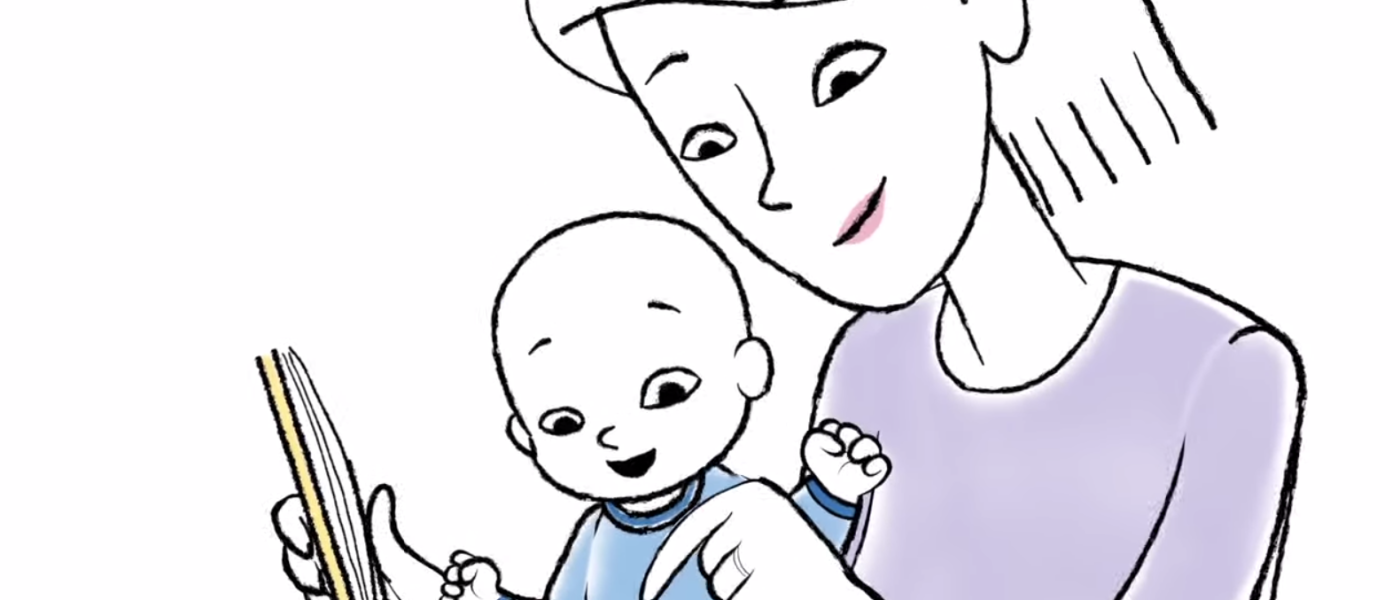5 Ways to Build Your Baby’s Communication Skills
Guest post! We loved the new Pathways.org video about early language development and invited them to highlight some of the key elements of building baby’s communication skills.
Babies begin watching and listening to the world around them from the moment they are born. By their first birthday, they will be able to understand simple directions and might even be saying their first word or two! But long before this point, babies are developing the communication skills that will help them build relationships and succeed in school. A new video by Pathways.org – “Crying, Cooing, Communication: Baby’s First Year” – gives an overview of communication development in the first year, and offers advice for parents and caregivers on how to help your baby reach early speech and language milestones.
Our tips are included here:
Speak in a slow, sing-song voice. This way of speaking, known as “parentese”, will help you get and keep your baby’s attention. Babies prefer parentese to regular adult speech. Unlike baby talk, which is made up of nonsense sounds and words, parentese uses real words in short and simple sentences. It is often paired with exaggerated facial expressions, which helps your baby learn language and pick up on different emotions.
Describe your actions throughout the day as you dress, feed, and bathe your baby. Keeping up a running commentary will help your baby pair words with everyday activities and give him or her many opportunities to listen to the sounds and rhythms of your speech.
Point out objects while you talk. Your baby will eventually follow your pointed finger and connect those objects with words. By the end of their first year, babies will also begin pointing to draw your attention to the objects they’re interested in. You can continue to build your baby’s vocabulary by labeling and describing the things he or she points out.
Encourage two-way communication. Whenever your baby produces sounds, gestures, and eventually, words, be sure to respond and take turns in “conversation”. This demonstrates that communication is a two-way street and will encourage your baby to continue interacting with you.
Read together. At this age, reading can simply mean describing pictures without following the written words. Choose books with large, colorful pictures and encourage him or her to point to familiar objects. Reading introduces your baby to a lot of new words, helps develop thinking skills, and provides a great opportunity for bonding.
For more information on early communication development, visit www.pathways.org.
—
Founded in 1985, Pathways.org empowers parents and health professionals with free educational resources on the benefit of early detection and early therapy for children’s motor, sensory, and communication development. For more information, visit www.pathways.org or email friends@pathways.org. Pathways.org is a 501 (c) (3) not-for-profit organization.



